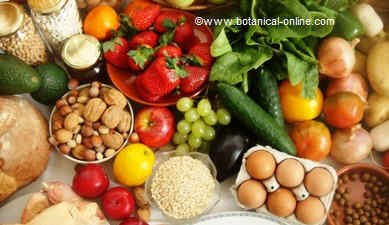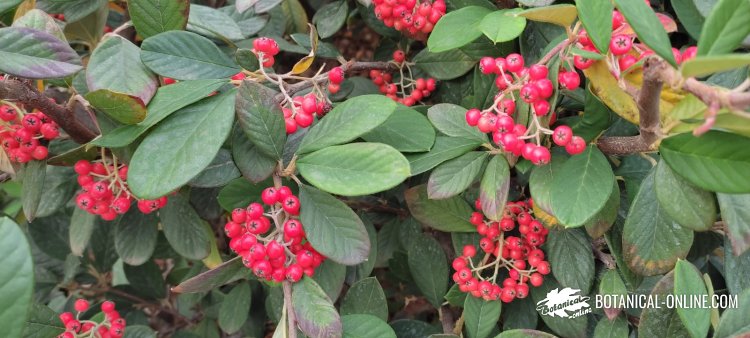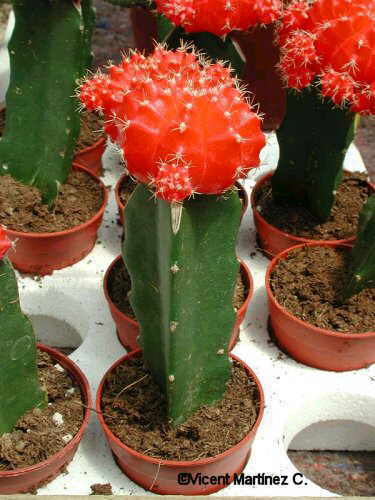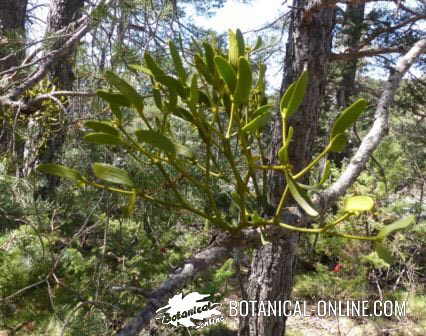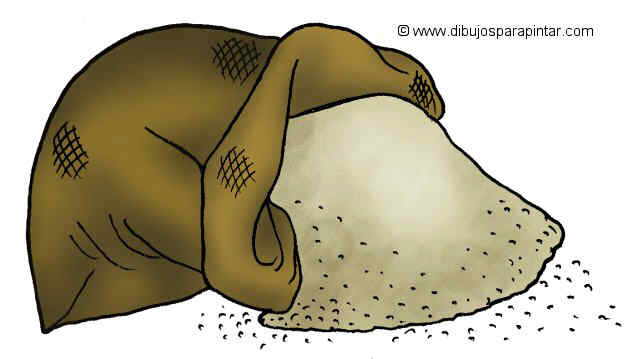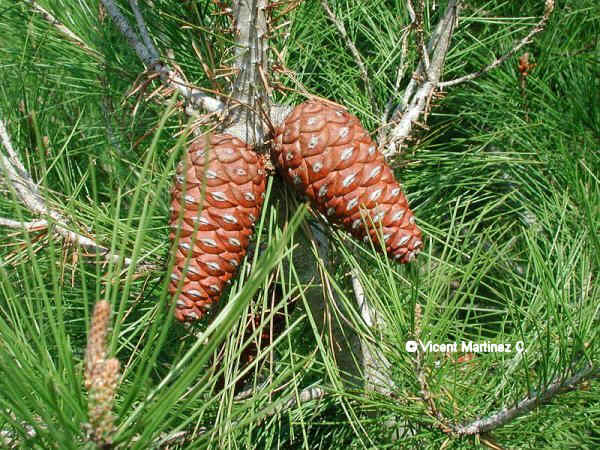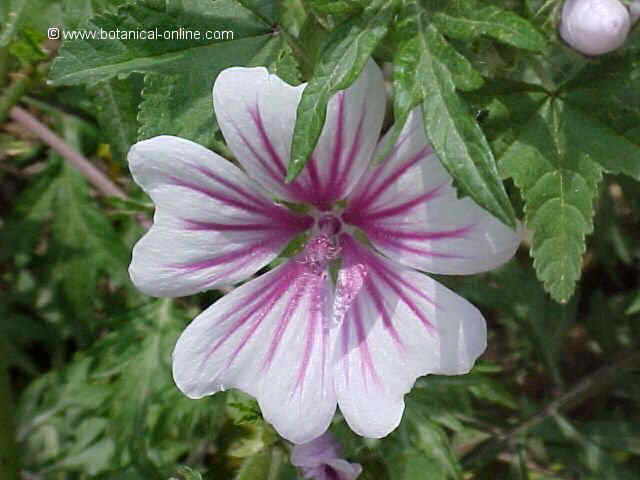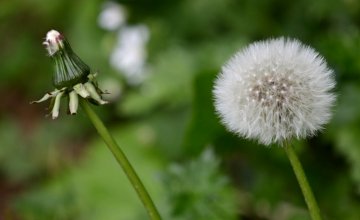Contents
TYPES OF DIETETIC FIBER
What types of fiber are there?
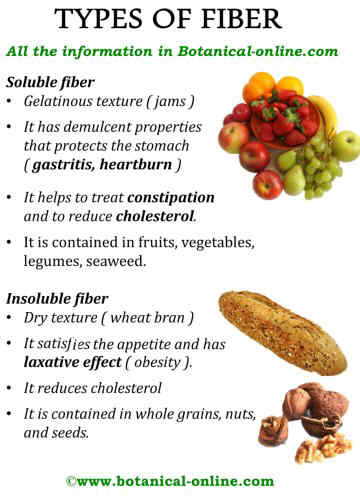
Types of fibers and main benefits of each one of them
There are two types of dietetic fiber:
- Insoluble fiber
- Soluble fiber
Characteristics of insoluble fiber
Insoluble fiber is one that does not dissolve in water but has the capacity to absorb it. This consists of:
- Cellulose: It is the indigestible portion of the cell wall of plant foods. Some foods are particularly rich in cellulose such as whole grain cereals; certain fruits like pineapple or custard apple.
- Hemicellulose: It is another structural element of the plant cell that accompanies the cellulose. It is a type of fiber is not soluble. Whole grains are foods that contain more amount.
- Non-digestible starch: predominantly found in the tubers such as potatoes or tapioca; whole grains like wheat, rice, barley or oats, nuts such as chestnuts or legumes such as peas or locust beans.
- Lignin: It is a type of non-soluble fiber that, unlike others, does not belong to carbohydrates. It is the component that gives plants rigidity. It combines with cellulose to form cell walls and is the binding or filler material between cells. Whole grain cereals like rice, oats or barley or legumes such as kidney beans contain much lignin.
Characteristics of soluble fiber
Soluble fiber is the one that dissolves in water. Upon dissolution forms a kind of gel or gel in the intestine. It consists of:
- Pectin: Part of the cell wall of plants, especially in the skin of the fruit. Pectin has the ability to form a gel when combined with sugar or acids. It is used in the manufacturing industry jams. Apples or citruses are very rich in pectin. Very rich foods in pectin are: carrots, eggplants, pumpkins, figs, bananas, pears or plums.
- Mucilage: It is a type of soluble fiber of viscous nature. It is produced by the seeds of certain plants, like the carob bean, plantain, flux or mustard. It appears in fruits as fig and is very abundant in plants like borage or purslane, in legumes such as beans, or in lichens, such as Iceland lichen. One of the plants having most is agar-agar seaweed.
Mucilages have different functions, from the protection of wounds, the germination of the seed. (In this latter case, once in contact with water, the seed increases its volume and maintain a layer of moisture around it that facilitates its germination.)
Some root mucilages use mucilages to make the introduction of them into the ground easier. Comfrey (Symphytum officinale) is a clear example of how a component can produce this result. Sometimes these secretions are a weapon to catch prey, such as it happens with the mucilage secreted by the carnivorous plants.
(More information about mucilages)
- Gum: Gum is a type of soluble fiber. Inside the plant, it plays a protective role. It can be found mainly in the wood or seeds. The best one is known as Arabic gum. It is extracted from a type of acacia. (Acacia senegal) and used in the chemical industry for the manufacture of ink or soap and, in the food industry, in the preparation of sweets. An example of rubber seeds we have in the seed of the carob tree, which, in addition to use in the manufacture of animal food, is used in the food industry as a thickener, given its ability to absorb water.
* Related information: Soluble fiber, Insoluble fiber
![]() More information on fiber
More information on fiber

